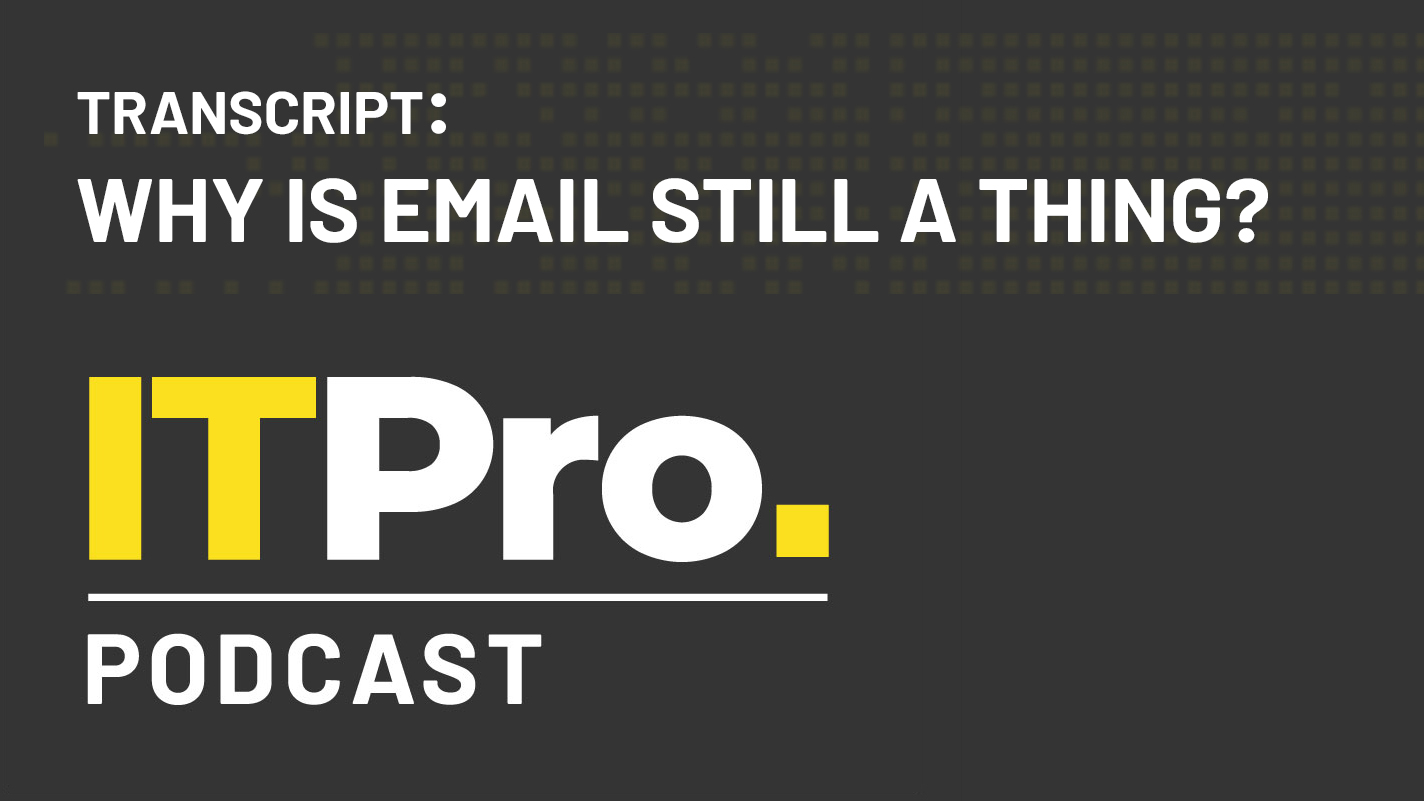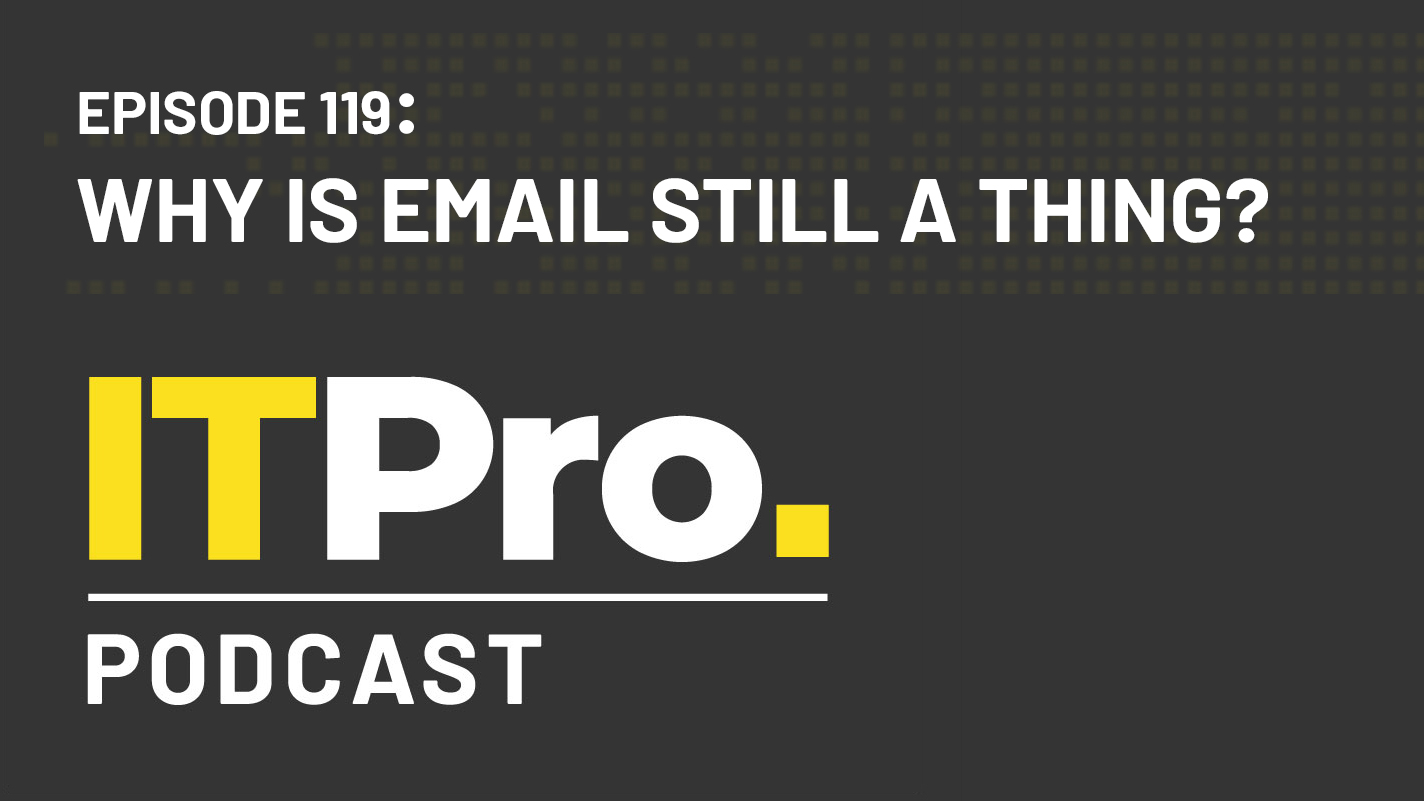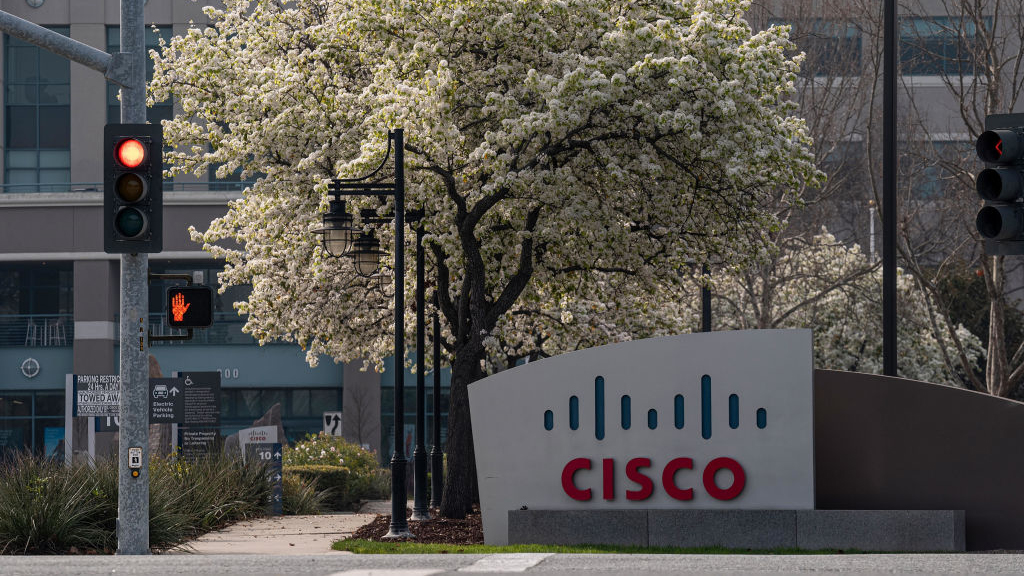Data growth forces email upgrades
Ever-expanding mailboxes driving businesses to modernise infrastructure, says report.

Larger and larger email inboxes are forcing companies to upgrade their messaging infrastructure, a research report has found.
The growth of rich media applications, and so-called "big data", will force 77 per cent of UK companies to modernise their email systems, according to a survey carried out for Mimecast. Around two-thirds of IT managers say they will move from their current email platforms to an on-premise installation of Microsoft's Exchange 2010.
A smaller number, 21 per cent, will move to a hosted version of Exchange, with the remainder considering other options, such as a business version of Google's Gmail. The main driver, said Alan Kenny, Mimecast's UK general manager, was the "exponential increases in the volume of data being produced" by email users.
But the scale of the task facing IT departments is significant. As many as 58 per cent of IT managers told Mimecast they faced problems with email data storage limits. However, moving larger volumes of data to a new system, either on premise or hosted, gives rise to its own difficulties. The risk of data loss and downtime were cited as two of the main barriers to upgrading email infrastructure. None the less, more than half told Mimecast they would migrate over the next year.
According to Chris Simmons, IT director at Birketts, a law firm, pressure on storage was one of the main reasons his company moved to Exchange 2010. The business has reduced "terabytes" of email data storage to some 350MB, saving storage costs and reducing loads on mail servers.
Birketts recently moved from Exchange 2003 to Exchange 2010, keeping its mail servers in house but moving email archiving to a hosted system run by Mimecast. Users can keep a year's email on the internal server, with older messages accessed via a button within the email client.
This, Simmons says, allows the firm to control the data storage growth prompted by the need to share large files, such as CAD-CAM data for buildings, without the need to impose fixed mailbox limits on users. "It means users don't have to worry about mailbox size. Most people can live within their local mailbox and don't need to go outside," he says.
Sign up today and you will receive a free copy of our Future Focus 2025 report - the leading guidance on AI, cybersecurity and other IT challenges as per 700+ senior executives
Gartner, the industry analysts, recently found that 86 per cent of corporate email users with Exchange mailboxes are currently on Exchange 2007, or even older versions of the software.
-
 Gender diversity improvements could be the key to tackling the UK's AI skills shortage
Gender diversity improvements could be the key to tackling the UK's AI skills shortageNews Encouraging more women to pursue tech careers could plug huge gaps in the AI workforce
-
 Researchers claim Salt Typhoon masterminds learned their trade at Cisco Network Academy
Researchers claim Salt Typhoon masterminds learned their trade at Cisco Network AcademyNews The Salt Typhoon hacker group has targeted telecoms operators and US National Guard networks in recent years
-
 Podcast transcript: Why is email still a thing?
Podcast transcript: Why is email still a thing?IT Pro Podcast Read the full transcript for this episode of the IT Pro Podcast
-
 The IT Pro Podcast: Why is email still a thing?
The IT Pro Podcast: Why is email still a thing?IT Pro Podcast Despite a proliferation of newer collaboration platforms, email stubbornly refuses to go away
-
 Cisco patches bug that could break its email security service with a single message
Cisco patches bug that could break its email security service with a single messageNews A carefully crafted email could freeze Cisco's Email Security Appliance interface and stop it processing messages
-
 Google targets phishing with full BIMI email logo authentication support
Google targets phishing with full BIMI email logo authentication supportNews Gmail will tie logos to DMARC authentication
-
 How to sign off an email professionally
How to sign off an email professionallyTutorials Your email signoff can make or break your business’ communication
-
 Flash flooding takes down TalkTalk web services
Flash flooding takes down TalkTalk web servicesNews Midlands floods leave customers angry at TalkTalk outage
-
 Outlook and Hotmail email accounts hit by spam attack
Outlook and Hotmail email accounts hit by spam attackNews Users were bombarded by spam emails apparently because Microsoft's spam filters weren't working properly
-
 Google pulls April Fools' Day prank after barrage of complaints
Google pulls April Fools' Day prank after barrage of complaintsNews Many users accidentally pressed the 'Send + Mic Drop' button in emails to bosses and business contacts